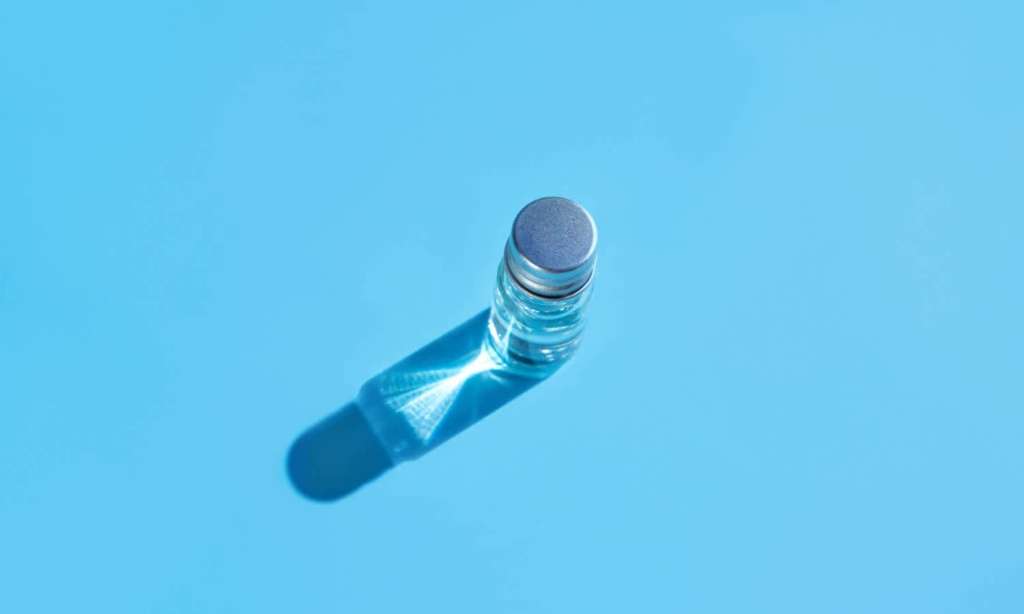Cosmetic injectables can be a mysterious topic. There are a lot of misconceptions about these procedures and how they work. When referring to cosmetic injectables, we’re talking about substances that are used to reduce the appearance of wrinkles and lines on the face.
As you age, wrinkles and volume loss naturally occur in the face. Your skin also gets thinner with age and your body decreases its natural production of collagen and elastin. Some people like to combat this change by using injectables to smooth over lines and provide volume.
Deciding to get cosmetic injectables is entirely a personal decision and something that should only concern the person having the procedure. If you want to know more about the world of injectables, there’s no better person to answer these common questions than Laser Clinics Australia’s global medical director, Dr Jonathan Hopkrik.
Here, Dr Hopkirk demystifies cosmetic injectables.
The Difference Between Dermal Fillers and Antiwrinkle Injections
“Anti-wrinkle injections use a neurotoxin based purified protein which causes temporary relaxation of the treated muscles,” said Dr Hopkrik. “These treatments work at the level of the nerve which signals to the muscle to contract. Thereby, when the nerve signaling is temporarily blocked, the muscle contractions which lead to facial expressions are also blocked which is seen as smoother skin and reduced wrinkles.
“Dermal fillers or more specifically hyaluronic acid-based fillers which we use, are a sugar-based gel which is used to treat the face for numerous benefits. The fillers are diverse in their composition in that some are more fluid-like and silky, some are thicker and some sit in between these two types.
“This then offers a range of results that can be achieved with fillers from; hydration of the skin, volumising regions like the lips and cheeks, adding definition and structure to bony prominences like the cheekbones and jawline, and softening creases and fine lines in the surface of the skin. Dermal fillers last longer than anti-wrinkle treatments which are dependent on their composition and dose used but the range is from 6-14 months.”
Using Anti-Wrinkle Injections Preventatively
“Our face uses over 40 different muscles and it’s the repeated movement and contraction of those facial muscles when we smile, laugh, squint, and frown that, over time, result in visible—and often unwanted— lines, folds, and wrinkles in the skin,” Dr Hopkrik said.
“Anti-wrinkle injections are one of the most popular anti-ageing treatments we offer at Laser Clinics Australia. As far as anti-ageing treatments go, they’re targeted and effective—with minimal downtime.
“Not only can they significantly improve the signs of premature ageing but anti-wrinkle injections also play an important preventative role. If a muscle can’t contract then it can’t make an expression, like a frown or an eye squint, stalling future lines from forming earlier than they might naturally.
“Anti-wrinkle injections are a particularly targeted treatment; the protein we use can only influence the movement of the muscles beneath the lines where it’s been injected so the surrounding muscles of the face move naturally as normal. The overall effect is fresh and natural, smooth-looking skin.”
How Dermal Fillers Work
“As we age, we start to lose volume in certain areas of the face which can make us look tired and sunken in certain areas of the face,” he said. “This is caused by a number of changes including the remodeling of bony structures in the face, volume loss in the fat pads which support the overlying structures like the skin layers, changes in the size and shape of particular facial muscles and a loss of elasticity in the overlying skin.
“Unlike wrinkles which require muscle relaxants to soften them, facial volume and folds require a dermal filler to help re-volumise and hydrate the area. Made from a sugar-based molecule (hyaluronic acid) already naturally present in the human body, dermal fillers are a good way to replicate the function of this naturally occurring substance and can restore fullness and volume in numerous facial areas.”
How Long Dermal Fillers Last
“The longevity of dermal fillers is dependent on several factors — the type of dermal filler used, the dose of the dermal filler injected, the region of the face that was injected and the unique individual patient-related factors themselves,” said Dr Hopkrik. “Based on these factors, the range is broad. From three months for entry-level fillers to 12 months plus for more premium dermal fillers. Areas which are highly dynamic and mobile (like the lips) are a high activity area as we use them all the time, this can impact how long the results will last. Please speak to your cosmetic injector about this.”
Read more stories from The Latch and follow us on Facebook.

